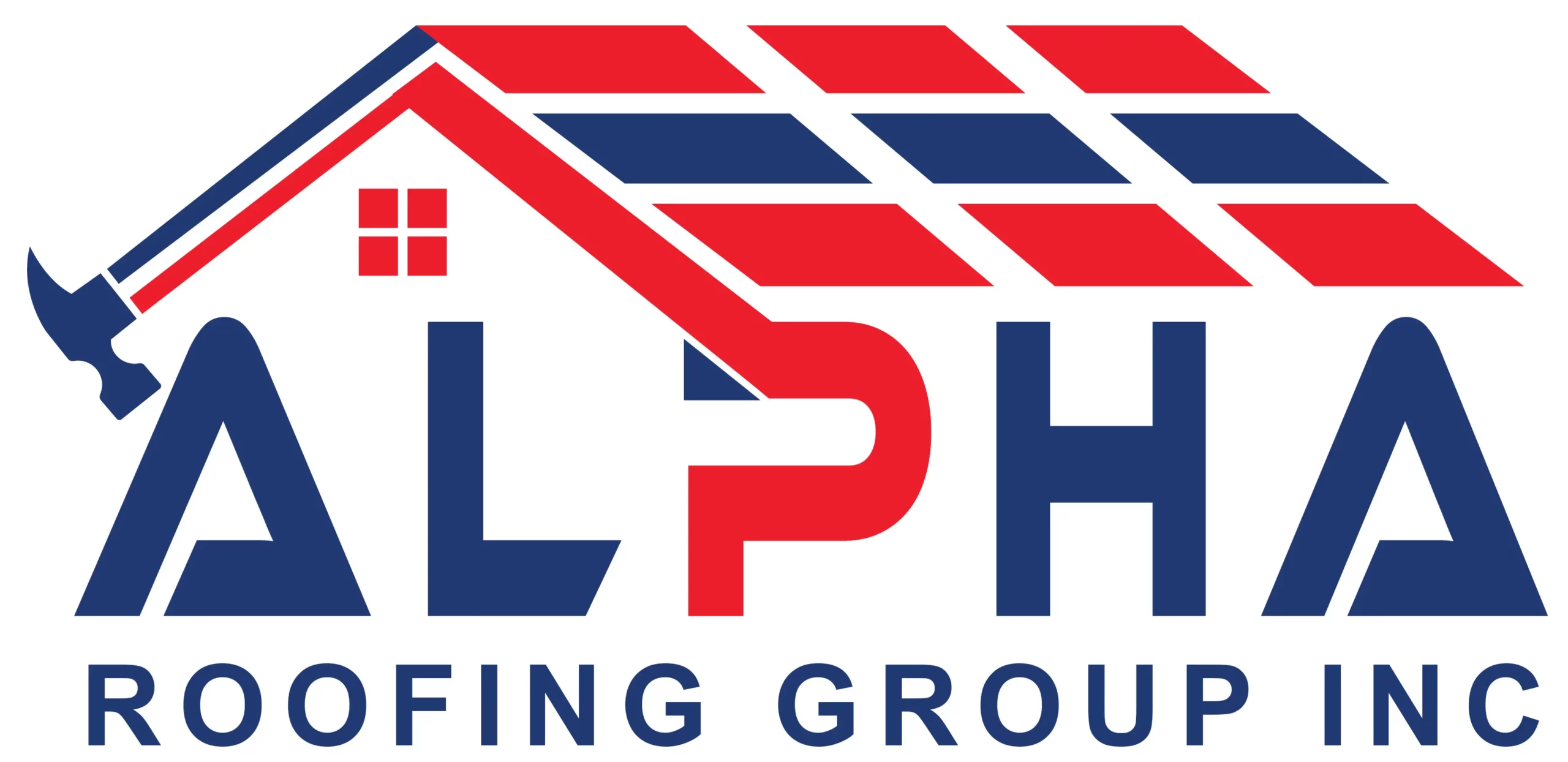Introduction to Energy-Saving Roofing for Businesses
The Importance of Energy Efficiency in Commercial Roofing
In today’s competitive business landscape, companies in Thousand Oaks, CA, are continuously looking for ways to reduce operating costs and enhance profitability. One aspect that often gets overlooked is the potential of energy-saving roofing projects. Commercial roofs play a crucial role in a building’s overall energy efficiency. Implementing the right roofing solutions not only supports environmental sustainability but also translates into significant cost savings for businesses.
How Roofing Affects a Business’s Energy Consumption
Thermal performance of a building’s envelope is a substantial factor in its energy consumption, and the roof is a key component of that envelope. A poorly insulated or outdated roofing system can lead to excessive heating and cooling needs, imposing higher energy demands and costs. Embracing energy-efficient roofing materials and innovative technologies can drastically improve a building’s thermal efficiency, especially during the extreme temperatures of winter in Thousand Oaks, leading to lower utility bills and a more comfortable indoor environment.
Comprehensive Energy-Efficient Roofing Solutions
Understanding Commercial Roofing Efficiency
Factors That Influence Roofing Efficiency
Energy efficiency in commercial roofing is impacted by a multitude of factors. Material reflectivity, thermal emittance, and
insulation quality all contribute to a roof’s ability to maintain a consistent internal temperature. For businesses in Thousand Oaks, selecting a roofing system with high solar reflectance and excellent thermal emittance is key to keeping energy costs in check. These properties ensure the roof reflects the sun’s heat instead of absorbing it, which is particularly beneficial during the warm summer months.
The Role of Insulation in Maintaining Energy Efficiency
Another critical component in the energy efficiency of roofing is insulation. Proper insulation provides a barrier against heat transfer, which can be invaluable during the chillier winters in Thousand Oaks. Based on research from Oak Ridge National Laboratory, effective roof insulation can save an average commercial building 13.9% in total energy costs. It’s not just about cost savings; it’s also about creating a comfortable environment for employees and customers.
Energy-Efficient Roofing Solutions for Different Seasons
Tailoring Solutions for Winter: The Benefits of Winter Roof Maintenance
When winter approaches, energy-saving roofing projects for businesses should prioritize maintaining the roof’s integrity and efficiency. Regular roof inspections and maintenance prevent heat loss, which is crucial for buildings in Thousand Oaks facing cooler temperatures. Proactive winter roofing maintenance can lead to substantial energy savings and extend the lifespan of the roof, ultimately contributing to
Implementing Energy-Saving Roofing Projects at Your Business
Evaluating Your Business’s Roofing Needs
Conducting Energy Audits and Assessments
To initiate energy-saving roofing projects for businesses, the first step is identifying areas of improvement through a professional energy audit. This involves analyzing current energy consumption and pinpointing inefficiencies. For companies in Thousand Oaks, this step is essential for developing a tailored plan that ensures reduced energy costs and improved performance tailored to local climatic conditions.
Choosing the Right Materials for Your Location and Climate
Materials play a pivotal role in roofing efficiency. It’s important to select materials that suit the unique climate of Thousand Oaks. Factors such as durability during winter and reflectivity in summer must be taken into account. For instance, installing a cool roofing material can reflect solar radiation impressively, potentially offering up to 15% in energy cost savings during peak cooling periods.
Reducing Energy Costs with Smart Roofing Investments
Calculating Roofing Project ROI for Businesses
Investing in an energy-efficient roof carries upfront costs but results in long-term savings. Calculating the return on investment (ROI) helps businesses understand the financial benefits over time. By considering factors like reduced energy bills, maintenance costs, and lifespan extension, businesses can justify
Handy Tips
Tip 1
Opt for roofing materials with a high solar reflectance to keep your building cooler in the sunny seasons of Thousand Oaks, thus minimizing the need for air conditioning.
Tip 2
Invest in superior roof insulation that will maintain warmth within your establishment during the colder months, enhancing indoor comfort and decreasing heating costs.
Tip 3
Implement a living green roof with plants to boost insulation and reduce winter heat loss, a vital feature in the chillier season of Thousand Oaks.
Tip 4
Ensure consistent professional upkeep of your roof to maintain its energy-efficiency level and promptly fix any imperfections that could lead to unnecessary energy consumption.
Tip 5
Look into cutting-edge, eco-friendly roofing technologies such as solar panels, which can generate clean energy for your business operations and result in substantial cost reductions over time.
Commonly Asked Question
What are the key benefits of energy-saving roofing projects?
The key benefits of energy-saving roofing projects for businesses include reduced operating costs, enhanced profitability, significant cost savings, and environmental sustainability. They contribute to maintaining a consistent internal temperature, reflecting the sun’s heat, and reducing energy costs, especially during extreme seasonal temperatures in places like Thousand Oaks, CA. Furthermore, proper insulation and maintenance extend the lifespan of the roof and create a more comfortable environment for employees and customers.
How do roofing materials and design affect a building’s energy consumption?
Roofing materials and design are crucial factors in a building’s energy consumption. The thermal performance of a roof, which includes factors such as material reflectivity, thermal emittance, and insulation quality, directly impacts how much energy is required to heat and cool the building. A well-designed roof with high solar reflectance and excellent thermal emittance will reflect sunlight and reduce heat absorption, resulting in lower energy costs. Effective insulation creates a barrier against heat transfer, maintaining internal temperatures and further conserving energy.
Which roofing solutions are best suited for the climate in Thousand Oaks, CA?
For the climate in Thousand Oaks, CA, businesses should select roofing solutions that are tailored to both the warm summers and the cooler winters. This means choosing materials with high solar reflectance and thermal emittance for the summer months, and ensuring proper insulation to prevent heat





